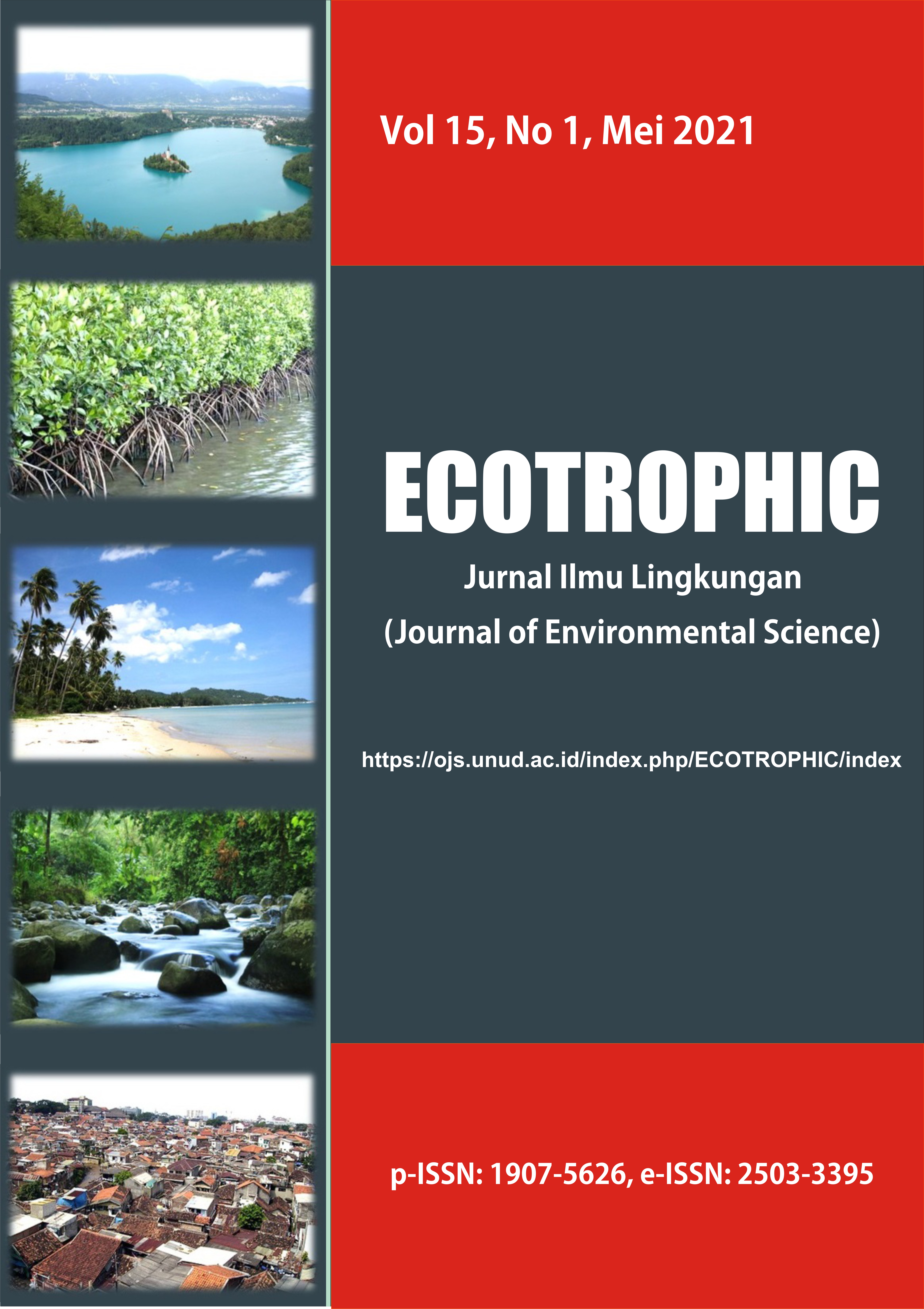MODEL PENGENDALIAN PENCEMARAN AIR WADUK BATUJAI DI LOMBOK TENGAH, NUSA TENGGARA BARAT
Abstract
Water quality management efforts need to be carried out in a sustainable manner to ensure that water resources are free from pollution. Water is an important component in human life, therefore the existence of water in nature must be maintained to ensure the continuity of human life. Decreasing water quality is caused by pollutant loads that enter water bodies due to human activities disposing of waste directly into the water. Batujai Reservoir is one of the vital objects for the survival of the people of Central Lombok. In an effort to control water pollution in the Batujai Reservoir, a model that is capable of managing Batujai Reservoir water is needed in a sustainable manner. The purpose of this research is to develop a model capable of managing the water in the Batujai Reservoir in a sustainable manner. The research methodology uses a quantitative approach using primary data from interviews with figures and experts as well as secondary data from literature studies and previous research data. Data analysis used the Interpretative Structural Modeling (ISM) approach. ISM is able to simplify complex relationships to be simple and form a hierarchy between existing relationships and be able to describe them in the form of system modeling. The results showed that the water pollution control model in Batujai Reservoir was carried out by involving all relevant stakeholders by placing academics, NGOs and Central Lombok Bappeda as the main drivers of program implementation and using the local wisdom approach.
Keywords: pollution, control, water, model, batujai.
Downloads

This work is licensed under a Creative Commons Attribution 4.0 International License.


